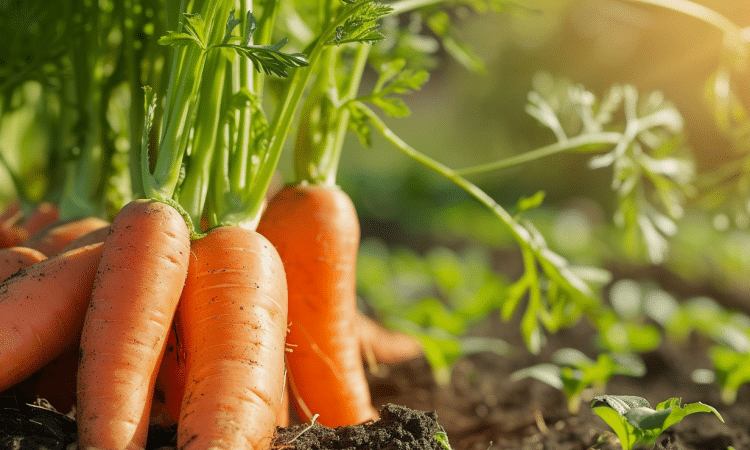A Garden Without Watering? It’s Possible! Revolutionary Technology for Lazy Gardeners

Imagine a garden that thrives without you ever having to lift a watering can. Sounds too good to be true? Thanks to groundbreaking advancements in gardening technology, it’s now possible for anyone—even the laziest gardeners—to maintain a lush, vibrant garden with minimal effort. Let’s explore how these innovations are transforming gardening.
The Challenges of Traditional Gardening
Traditional gardening can be labor-intensive, requiring constant attention and maintenance. Many aspiring gardeners are deterred by the need for regular watering, weeding, and care. With busy lifestyles, not everyone has the time or energy to devote to these tasks. Moreover, water scarcity in many regions makes it difficult to maintain a traditional garden. This is where modern technology steps in, offering solutions that make gardening accessible and sustainable for everyone.
Smart Irrigation Systems
One of the most promising developments in gardening technology is smart irrigation systems. These systems use sensors to monitor soil moisture levels and weather conditions, automatically adjusting the watering schedule to ensure plants receive just the right amount of water.
- Benefits:
- Water Conservation: Smart irrigation can reduce water usage by up to 50% compared to traditional methods.
- Time-Saving: Automated systems eliminate the need for daily watering, freeing up time for gardeners.
- Plant Health: Consistent and optimal watering promotes healthier plant growth.
Self-Watering Planters
Self-watering planters are another innovation designed for low-maintenance gardening. These planters feature a built-in reservoir that slowly releases water into the soil as needed.
- Benefits:
- Ease of Use: Perfect for indoor and outdoor plants, these planters require refilling only once every few weeks.
- Flexibility: They allow gardeners to go on vacation without worrying about their plants drying out.
- Efficient Water Use: Minimize water wastage by ensuring that plants receive only what they need.
Hydroponic and Aeroponic Systems
Hydroponics and aeroponics are soil-less growing methods that provide plants with nutrients through water and mist, respectively. These systems are ideal for gardeners looking to maximize space and efficiency.
- Benefits:
- Space-Saving: Vertical hydroponic systems can be set up in small spaces, making them ideal for urban gardeners.
- Faster Growth: Plants often grow faster and produce higher yields due to optimized nutrient delivery.
- Reduced Water Usage: These systems use up to 90% less water than traditional gardening.
Drought-Resistant Plants
Choosing drought-resistant plants is another strategy for reducing the need for watering. These plants are adapted to survive in dry conditions and can thrive with minimal water.
- Examples of Drought-Resistant Plants:
- Succulents and Cacti: Perfect for adding variety and texture to your garden.
- Lavender and Sage: Herbs that require little water and add fragrance and color.
- Coneflower and Yarrow: Perennials that attract pollinators and are highly drought-tolerant.
The Future of Gardening
As technology continues to evolve, the future of gardening looks more exciting than ever. Innovations like robotic lawn mowers and AI-driven garden planners are just on the horizon, promising to make gardening even more accessible and enjoyable.
For those who love the idea of a beautiful garden but are deterred by the labor involved, these technologies offer the perfect solution. Whether you’re a novice gardener or a seasoned pro, embracing these advancements can help you create a sustainable and thriving garden with ease.

